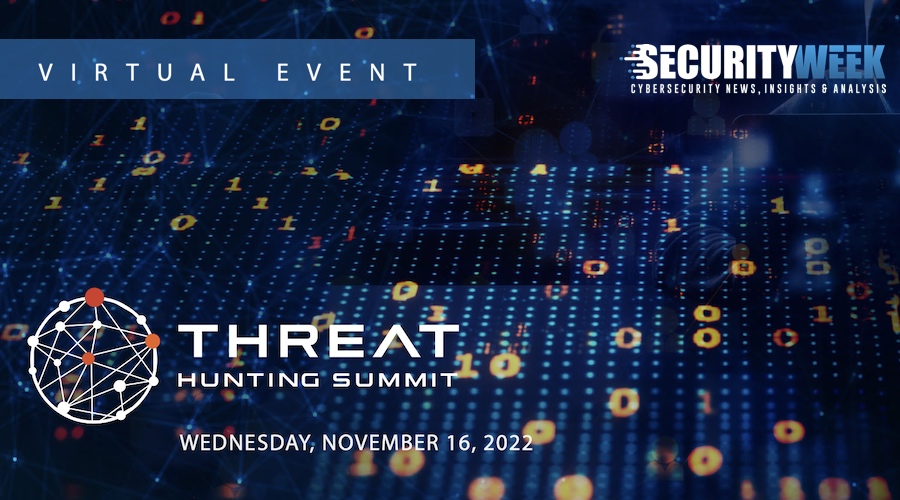

SecurityWeek’s 2022 Threat Hunting Summit will present innovative strategies and tools that security teams use to detect, contain, and eliminate attackers present in or attempting to infiltrate enterprise networks. Attendees will learn how continually monitoring with a fine-tuned threat hunting strategy can help incident response teams detect attacks that may have bypassed enterprise defenses and reduce attacker dwell time.
Gold Sponsors













